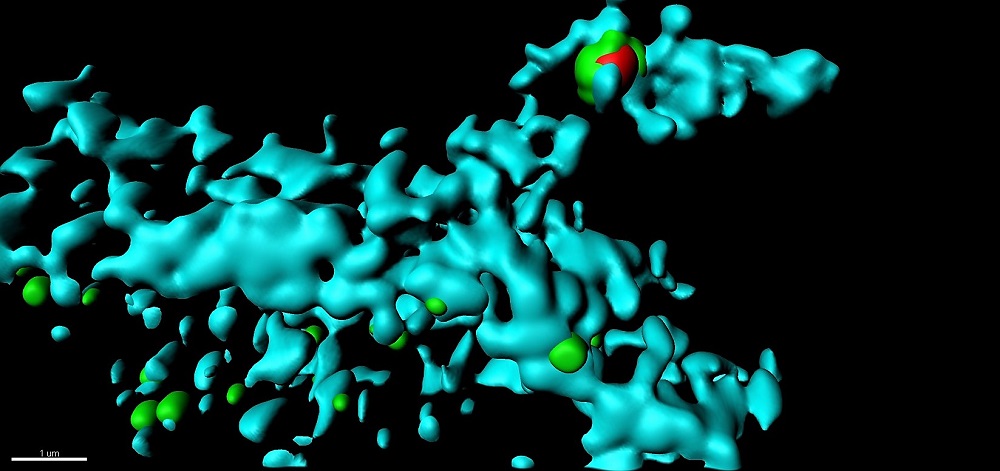Intracellular trafficking and compartmentalized signalling - CEMIR
Intracellular Trafficking and Compartmentalized Signalling

Microbes induce traffcking pathways that are important for activation, inactivation or evasion of Toll-like receptors (TLRs).
TLRs in macrophages initiate different destruction programs depending on the particular microbe encountered. TLR signalling proceeds through MyD88-MAL- and TRAM-TRIF-dependent pathways. Despite the large amount of research, we still do not know much about the cell biological mechanisms on how TLRs and their adapter proteins control killing of bacteria.
We have now pinpointed new important players in phagosomal signalling that are required for killing of Gram-negative bacteria. One of them is Rab11-FIP2 that transports cargo along actin flaments. The other is CD150 which modulates macrophage responses to microbes in mice. Moreover, we have made discoveries pointing to mechanisms on how Mycobacterium avium initiates inflammatory signalling from TLRs in the phagolysosome, however, a fraction still escapes the phagolysosome by modifying the compartment. In Theme 1, we aim to obtain more detailed mechanistic understanding of phagocytosis, phagosomal maturation and phagosomal signalling for mounting killing of bacteria.
Our ambitions
- Establish the roles for the Rab11 interacting protein FIP2 and TLR4 adaptor proteins in uptake of bacteria and phagosomal signalling.
- Construct peptides that interfere with CD150 interaction with the Toll-like receptor associated adapter molecule TRAM and test for anti-inflammatory effects.
- Define the molecular mechanisms of how CD150-FIP2-TRAM interactions control inflammatory responses against bacteria and virus.
- Unravel the proteomes of mycobacterial phagosomes supporting or preventing growth
- Further develop correlative florescence light- and 3D electron microscopy for imaging HIV- and mycobacterium infected cells.
